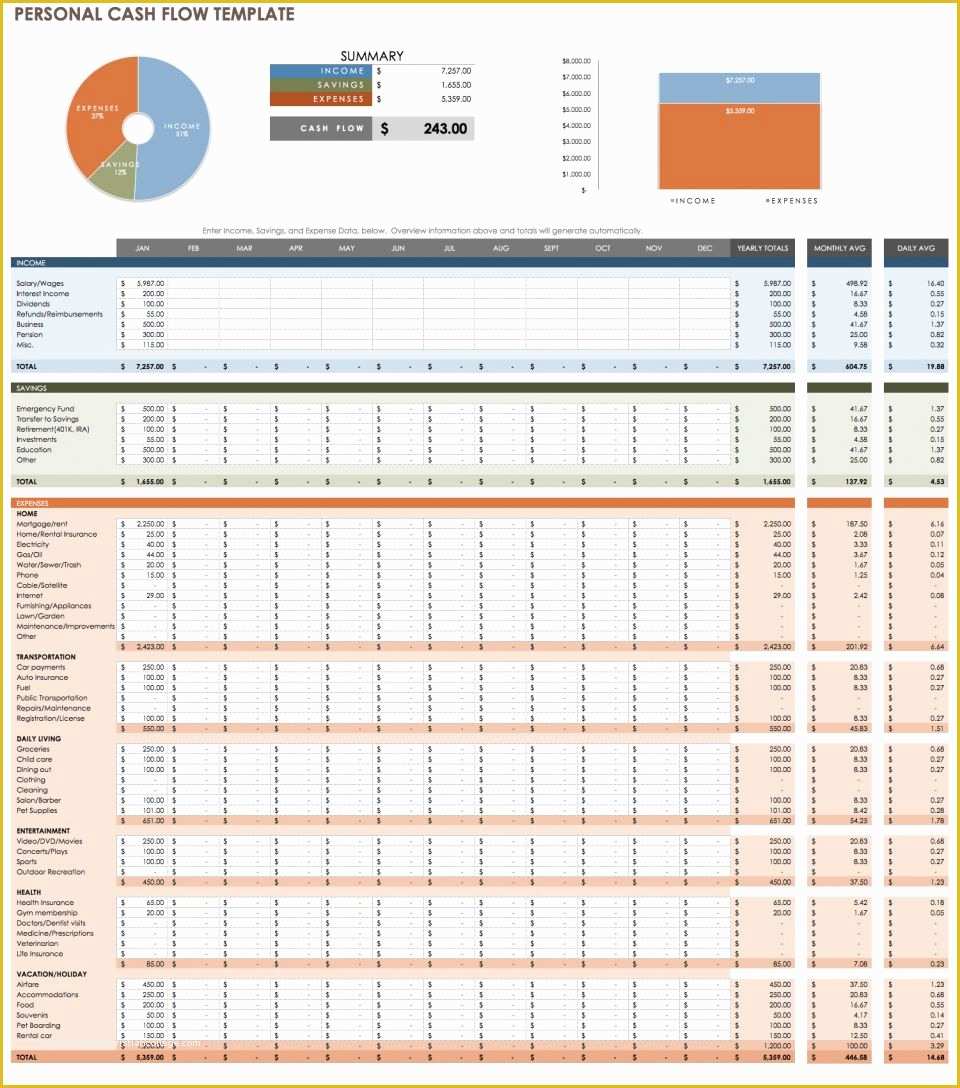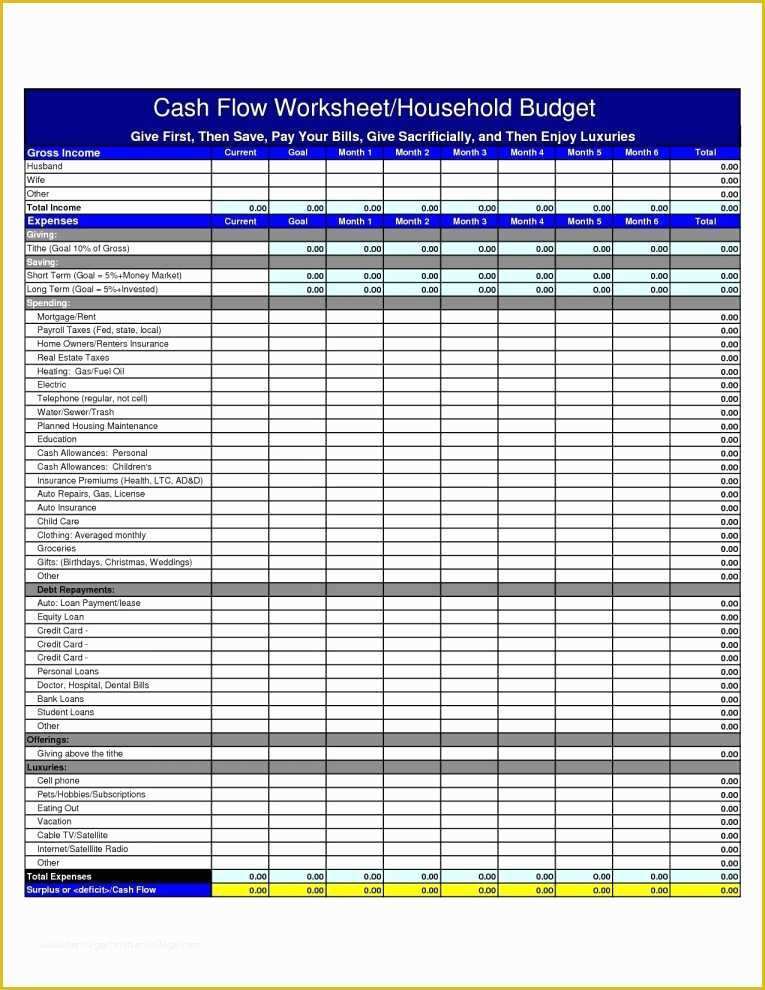

Cash inflows represent the amount of cash received by a company during a particular period, while cash outflows represent the cash paid out by the company during that same period.įurthermore, to assess the overall financial health of the company, a cash flow table analysis is performed on the cash inflows and outflows for a given time period, such as a month or a year. Typically, a cash flow table includes several columns that capture different cash movements, from operating, investing, and financial activities. They help businesses track the movement of their cash and identify potential cash flow issues before they become a problem. Understanding cash flow tablesĬash flow tables are financial tools that provide a summary of a company's cash inflows and outflows over a specific period of time.

#CASH FLOW SPREADSHEET TEMPLATE HOW TO#
In this step-by-step guide, we will tell you how to craft a cash flow table easily. But with a helpful guide on creating one, it doesn’t have to be.

It also includes other financial data such as accrued income and expenses, income and expense cash transfers, net accruals, and net cash flow.Ī cash flow table enables businesses to track their cash flow regularly, which is important to ensure that they have enough cash on hand to cover expenses and meet financial obligations.Īlthough, preparing a cash flow table adequately can be a little complicated. A cash flow table is a financial tool used to track and analyse a business’s cash inflows and outflows.


 0 kommentar(er)
0 kommentar(er)
